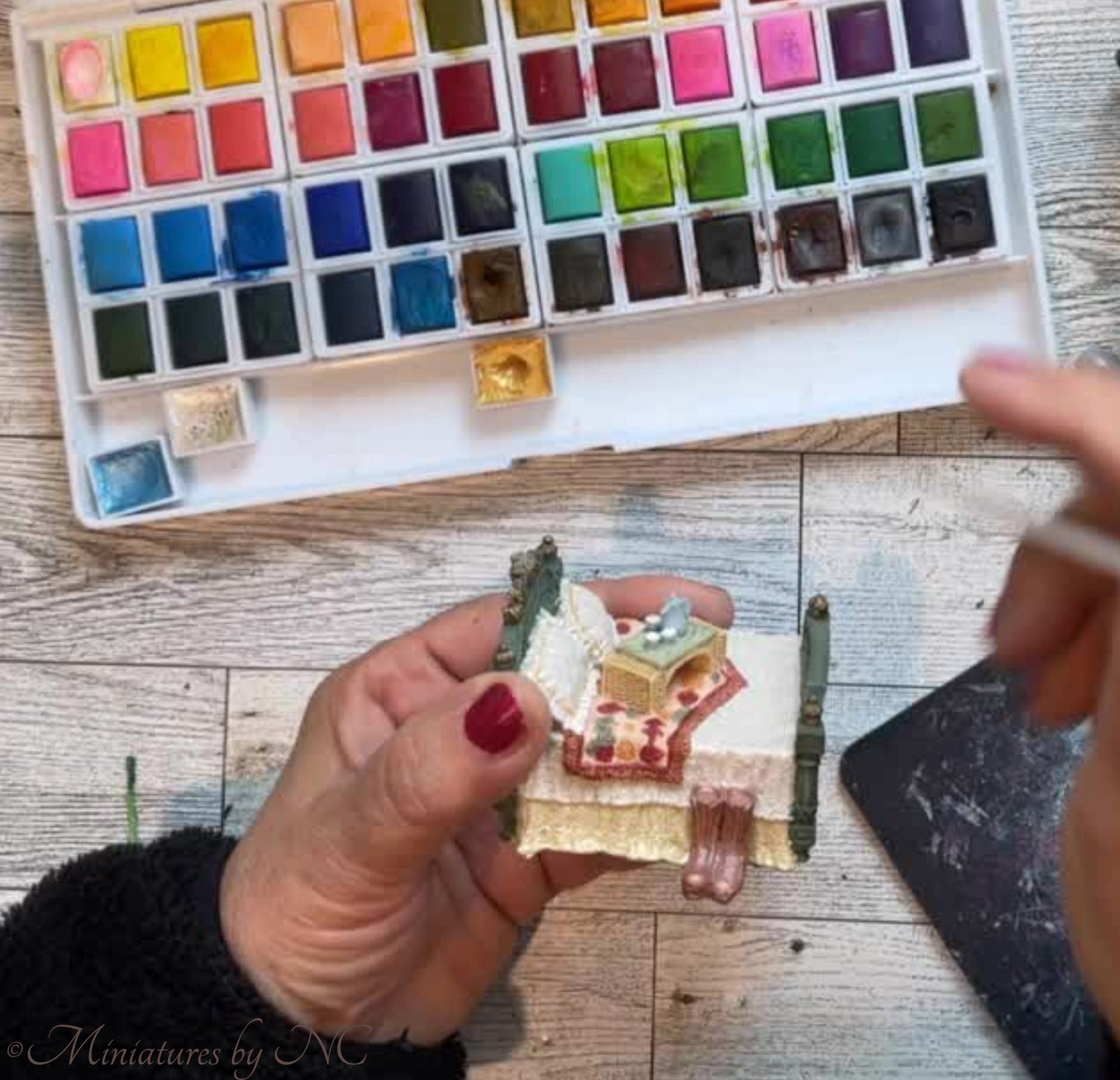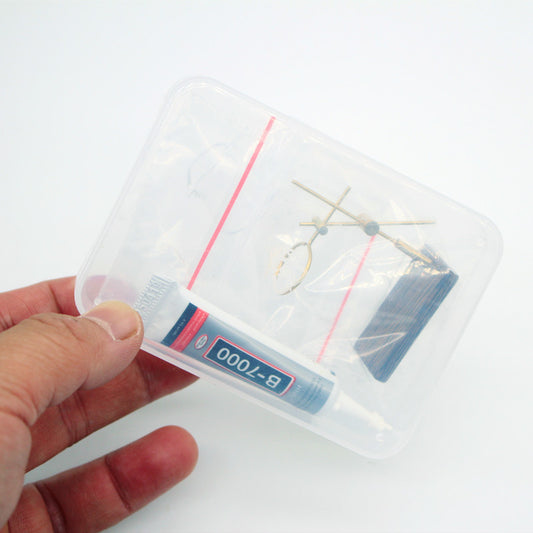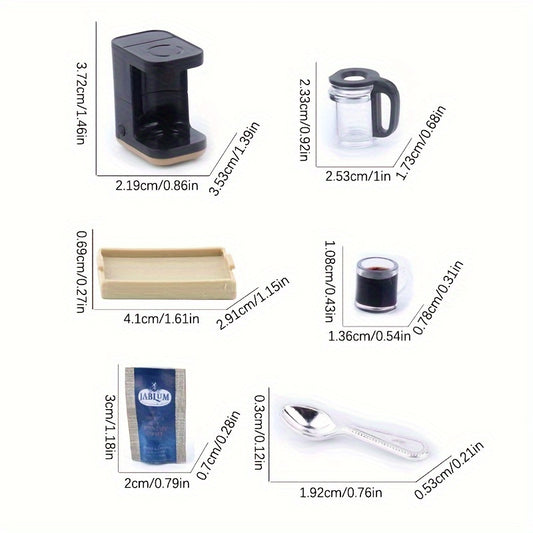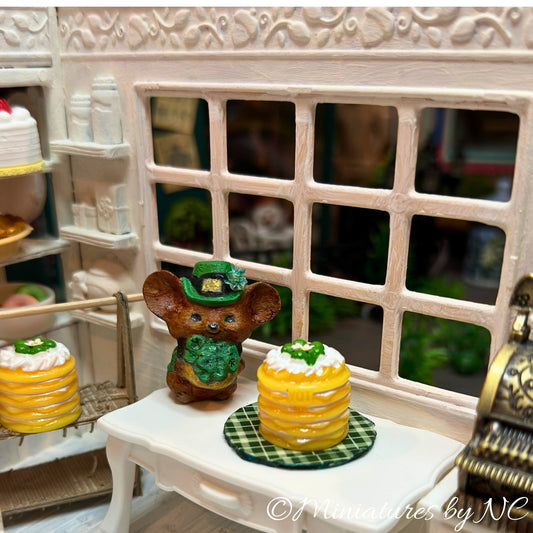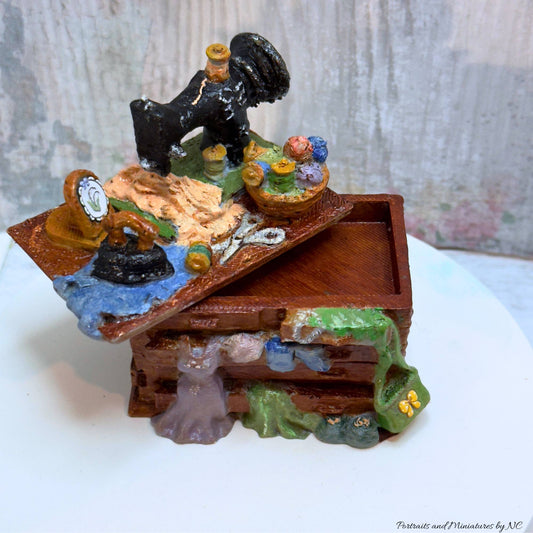How to achieve a better finish on models

To achieve a better finish on your scale models, here are some tips you can follow:
-
Prepare the surface: Before starting any painting or finishing work, make sure the surface of your model is clean and free of dust, grease, and imperfections. Use a fine-grit sandpaper or a modeling file to smooth out any rough edges or seams.
-
Primer coat: Apply a thin coat of primer to the model before painting. Primer helps to create an even surface, improves paint adhesion, and helps the paint colors appear more vibrant. Use a primer specifically formulated for scale models.
-
Thin your paints: When painting your model, thin the paints with a suitable thinner or water, depending on the type of paint you're using. Thin coats of paint allow for better control and smoother application, reducing the risk of brushstrokes or uneven coverage.
-
Use quality brushes: Invest in good quality brushes suitable for scale model painting. Synthetic brushes with fine tips are often recommended for precise work. Keep your brushes clean and store them properly to maintain their performance.
-
Airbrushing: Consider using an airbrush for more professional-looking results. Airbrushing allows for smooth and even coverage, especially when working on larger surfaces. It may require some practice to achieve the desired effect, but it can yield excellent results.
-
Practice dry brushing: Dry brushing is a technique where you use a small amount of paint on a brush and remove most of it by wiping it off on a paper towel. Then, gently brush the raised areas of the model to highlight details and create subtle weathering effects.
-
Decal application: When applying decals, make sure the surface is clean and smooth. Use decal-setting solutions to help the decals conform to the curves and details of the model. Apply a gloss or matte clear coat over the decals to protect them and blend them into the surface.
-
Weathering techniques: To add realism to your scale model, consider weathering techniques such as washes, dry pigments, and chipping effects. These techniques can help simulate wear and tear, rust, dirt, and other elements found in the real world.
-
Finishing clear coats: Once you're satisfied with the paintwork and weathering, apply a final clear coat to protect the finish and provide an even appearance. Choose a gloss, satin, or matte finish based on the desired look of your model.
-
Attention to detail: Pay attention to the small details such as painting small parts separately before attaching them, masking off areas to achieve clean lines, and using appropriate color references for accuracy.
Remember, achieving a better finish on your scale models takes practice and patience. Experiment with different techniques and materials to find what works best for you. Enjoy the process and have fun refining your skills!
Here is how I finished the model for the canopy bed. As you can see the piece looked flat and many of the lovely details could not be seen.
